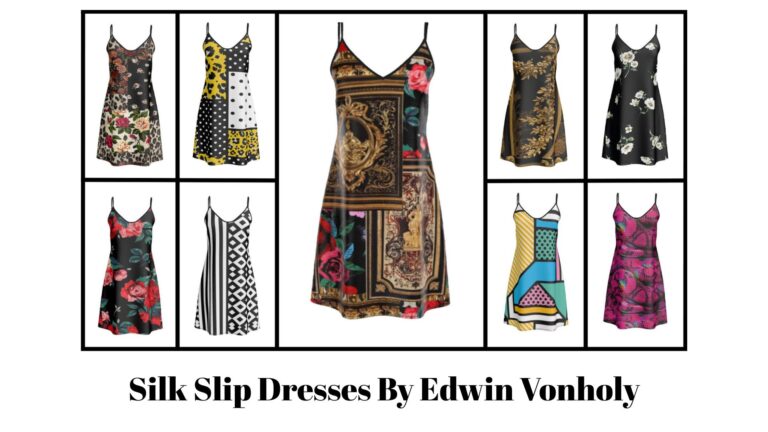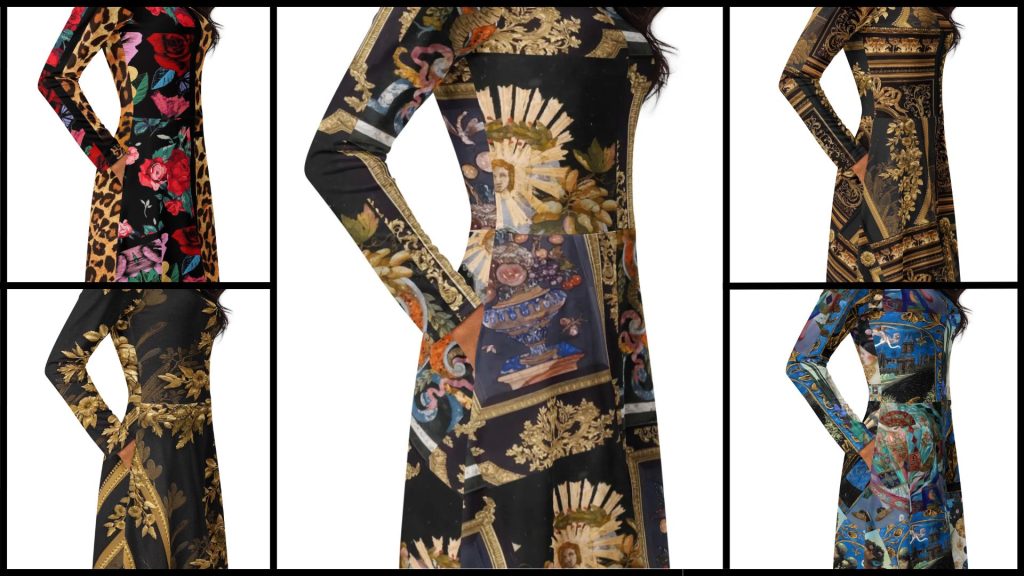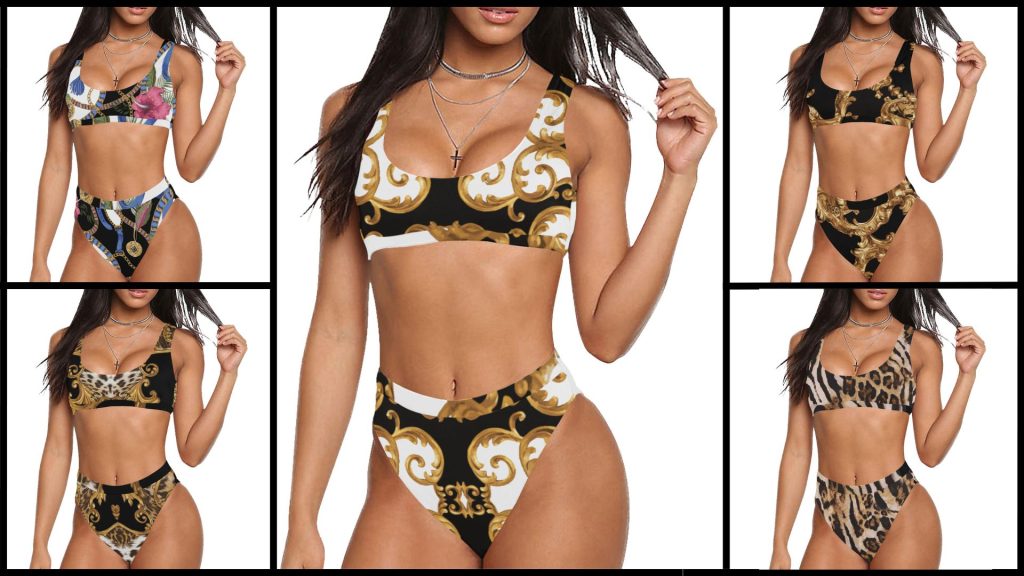Slippery Dress vs. Slip Dress: What’s the Difference?
The world of fashion is full of terms that can sometimes cause confusion, especially when it comes to clothing pieces that seem similar. One such pair is the “slippery dress” and the “slip dress.” While they sound almost identical, there are some key differences that set them apart. In this article, we’ll dive into the nuances of both, helping you understand their distinct characteristics, styling options, and when to wear each one.
1. What is a Slippery Dress?
A “slippery dress” is a term often used to describe a dress made from smooth, sleek fabrics that feel cool and fluid to the touch. These fabrics, such as silk, satin, or charmeuse, have a slippery texture, which is where the name comes from. The slippery nature of the fabric allows the dress to glide effortlessly over your body, creating a luxurious and elegant silhouette.
Key characteristics of a slippery dress:
Made from fabrics with a smooth, glossy finish (silk, satin, charmeuse, etc.)
Often features a fluid, relaxed fit
Can come in various styles (maxi, midi, mini, or wrap dress)
Ideal for both casual and formal occasions depending on styling
Slippery dresses are known for their luxurious feel and are a favorite for evening wear, but with the right accessories, they can also be dressed down for daytime outings.
2. What is a Slip Dress?
A “slip dress” originated as lingerie but has since become a trendy and versatile fashion piece. Slip dresses are typically characterized by their simple, minimalist design—usually with thin straps, a low neckline, and a loose fit. Originally designed to be worn under clothing as a slip, the slip dress has now evolved into a staple in many wardrobes.
Key characteristics of a slip dress:
Thin straps, often spaghetti or delicate
A simple, minimalist design—usually with a straight cut or slight A-line shape
Can be made from various fabrics, including silk, satin, and lace
Originally a piece of lingerie, now worn as an outer garment
Slip dresses are loved for their understated elegance and are a versatile choice for layering or wearing solo. They’re perfect for casual daywear or dressing up for a chic evening look.
3. The Key Differences Between a Slippery Dress and a Slip Dress
While both the slippery dress and the slip dress share similar fabric choices and a sleek, smooth appearance, the main difference lies in their style, fit, and intended use. Here’s how they stack up:
| Feature | Slippery Dress | Slip Dress |
|---|---|---|
| Fabric | Made from fabrics like silk, satin, charmeuse, etc. | Often made from silk, satin, or lace, but can also include cotton or jersey |
| Fit | Can be relaxed or form-fitting, often with a more structured design | Generally loose or slightly fitted, with a simple cut |
| Design | Can have various styles (maxi, midi, wrap, etc.) | Simple design, often with a low neckline and thin straps |
| Purpose | Designed for elegant, formal, or casual wear | Initially intended as lingerie, now worn as a standalone dress |
| Occasion | Ideal for both day and night events depending on styling | Perfect for casual or semi-formal wear, often used for layering |
While both are sleek and elegant in their own right, the slippery dress tends to be more versatile and can be dressed up or down more easily, while the slip dress is typically more minimalist and casual.
4. How to Style a Slippery Dress
Styling a slippery dress involves playing up its luxurious and fluid nature. These dresses work well for a range of occasions, and their versatile fabric can be styled accordingly.
For daytime:
Pair with a denim jacket or oversized blazer to add structure.
Add sneakers or ankle boots for a more relaxed look.
Opt for simple accessories like a crossbody bag and minimal jewelry.
For evening:
Dress it up with statement heels or strappy sandals.
Layer with a leather or faux fur jacket for added sophistication.
Go bold with statement earrings or a clutch bag to elevate the look.
5. How to Style a Slip Dress
Slip dresses are known for their effortless style and can be dressed up or down depending on the occasion.
For daytime:
Layer over a fitted turtleneck or long-sleeve shirt for a chic fall or winter look.
Pair with flats or casual sneakers for a relaxed vibe.
Add a cardigan or denim jacket for warmth and added style.
For evening:
Pair with strappy heels and a clutch for a sleek, understated look.
Layer with a bold statement necklace or scarf to add some drama.
Opt for a structured blazer or shawl for more formal events.
6. When to Wear Each One
Both dresses offer unique benefits depending on your style and the occasion. Here’s a breakdown of when to choose one over the other:
Choose a slippery dress when:
You want a more versatile piece that can be dressed up or down.
You’re attending a formal or semi-formal event where elegance is key.
You’re looking for a dress with a more structured, polished look.
Choose a slip dress when:
You’re going for a minimalist, laid-back vibe.
You want a simple, easy-to-wear piece that works for casual outings or layering.
You love the ’90s fashion revival and want to embrace the slip dress trend.
Final Thoughts: Slippery Dress vs. Slip Dress
While the slippery dress and slip dress share some similarities, they each bring something unique to the table. The slippery dress is all about luxury, fluidity, and versatility, while the slip dress is minimalist, relaxed, and effortlessly chic. Both can be styled in various ways, making them perfect additions to your wardrobe depending on your personal style and occasion. Whether you’re dressing for a casual day out or a glamorous evening, understanding the differences between these two will help you make the perfect choice.






